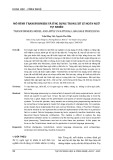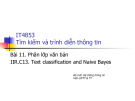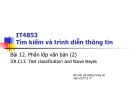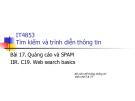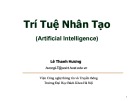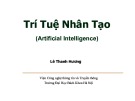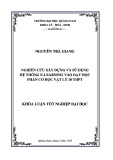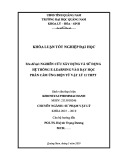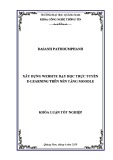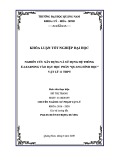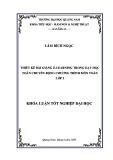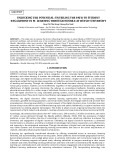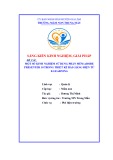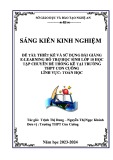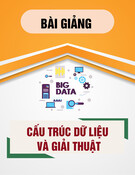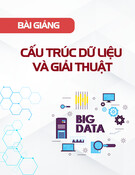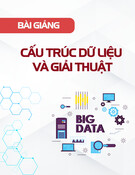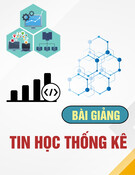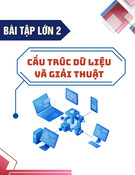
Designing a knowledge assessment system for the Data structures and Algorithms course*Hoang Ngoc Long , Mai Trung Thanh and Do Van NhonHong Bang Internaonal University, VietnamABSTRACTThe course of Data Structures and Algorithms is one of the fundamental and crucial subjects in the curriculum of the Informaon Technology field. This course serves as the foundaon for understanding and applying data structures and algorithms in solving real-world and complex problems. However, teaching and learning Data Structures and Algorithms oen face many challenges. Students oen struggle with understanding and applying concepts, algorithms, and data structures to real-world problems. Moreover, assessing students' knowledge and learning performance in the course also requires accuracy and objecvity. In this context, designing and implemenng a system to support tesng and evaluang knowledge for the Data Structures and Algorithms course becomes truly necessary. Such a system not only helps students grasp knowledge effecvely but also provides opportunies for instructors to monitor students' learning progress and provide feedback for them to improve their learning outcomes. The paper will present the design of techniques for building an applicaon for tesng and evaluang knowledge in the Data Structures and Algorithms course. This applicaon will be a useful tool for both instructors and students, thereby enhancing the quality of teaching and learning in Informaon Technology-related subjects.Keywords: E-learning, intelligent soware, intelligent tutoring systemIntelligent Tutoring Systems (ITS) are intelligent computer-based educaonal soware systems designed to enhance the teaching effecveness of instructors and the learning experience of students. These systems use Arficial Intelligence methods to make decisions in educaon, related knowledge in the field of teaching, student learning acvies, and the assessment of student learning related to the subject knowledge [1]. Therefore, ITS is a popular type of educaonal system and is becoming a primary means of delivering educaon, leading to significant improvements in student learning [1] [2].Tesng and assessing knowledge related to subjects are essenal components of Intelligent Tutoring Systems (ITSs). The objecve of assessment is to assist students in gaining a deeper understanding of their level of knowledge in the subject, including areas of the subject maer that students have not yet mastered. In the curriculum of the Informaon Technology field, the course Data Structures and Algorithms is one of the important foundaonal subjects. The course helps students in the field of Informaon Technology to understand and learn how to implement data structures and algorithms to solve real-world and complex problems when building applicaons, as well as enhancing programming skills. However, learning data structures and algorithms is not easy for every student. The course requires learners to think abstractly and grasp the properes, implemen-taon of algorithms, and data structures.Currently, surveys in studies [1-4] have shown that Intelligent Tutoring Systems (ITS) can effecvely support learners in acquiring knowledge in various fields. However, there is sll no complete soluon for a tutoring system in assessing subjects within the IT field. The study [5] presents the requirements for an intelligent educaonal system that serves two primary funcons: querying course knowledge and evaluang learner proficiency through mulple-choice tesng. The study also propose a soluon to design the knowledge base, inference engine, and tracing system based on a knowledge model that integrates ontology and knowledge graph. Nevertheless, for the mulple-choice tesng funcon, the proposed soluon does not apply any tesng theory to build exam quesons or queson 65Hong Bang Internaonal University Journal of ScienceISSN: 2615 - 9686 DOI: hps://doi.org/10.59294/HIUJS.VOL.6.2024.631Hong Bang Internaonal University Journal of Science - Vol.6 - 6/2024: 65-74Corresponding author: MSc. Hoang Ngoc LongEmail: longhn@hiu.vn1. INTRODUCTION





